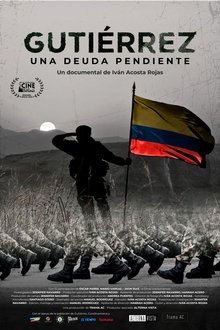Documentary detailing a farmer’s visit to the market in Rawalpindi.
Related Movies

Ganga & Me (NaN)
'Ganga & Me' is a Documentary Film by the award winning film director Sunil Babbar. The 42 minutes film depicts the spiritual and emotional bond of a Hindu with the mother Ganga. Shot at the beautiful locales of Haridwar, Rishikesh and Varanasi, the film takes you on a spiritual journey in India. The language of the film is English.

The Chola Heritage (1980)
The film highlighting the Dravidian temple architecture and bronze sculpture which attained the creative pinnacle during the rule of the Cholas in the 10th and the 11th centuries. Cholas were great temple builders. The temple of Vijayalaya Cholesvara is one of the finest examples of the early Chola style. The temple of Nagesvara at Kumbakonam is remarkable for the sculptures found in the niches of its outer walls. The Brihadesvara temple at Thanjavur is a landmark in the evolution of building art in India.Among several such unique temples, Tribhuvanam is the last important temple belonging to the Cholas. Besides temple architecture,the bronze sculpture of the Cholas holds a unique place in the field of art. One of the most important and famous of all Hindu icons,that of the cosmic dance of the Nataraja is intimately associated with the Chola bronzes.
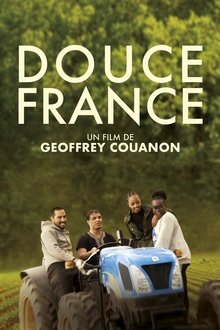
Douce France (2021)
Amina, Sami and Jennyfer are high school students in the Paris suburbs, in 93. At the initiative of 3 of their teachers, they embark on an unexpected investigation into a gigantic leisure park project which involves concreting agricultural land near their homes. But can we have the power to act on a territory when we are 17 years old? Funny and intrepid, these new citizens take us to meet residents of their neighborhood, property developers, farmers and even elected officials of the National Assembly. A joyful quest that challenges conventional wisdom and revives our connection to the land!
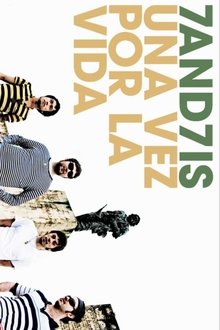
7and7is Una Vez Por La Vida (2009)
In December 2007, 7and7is, an Indie rock band from Edmonton, Alberta, Canada became the first foreign rock band to tour Cuba.

The River of Life and Death (1941)
The River of Life and Death captures the slow time in the well-known Indian pilgrimage place of Benares, the act of purification by water, the burning funeral pyres, and the dandling snakeheads under the temple stairs.

Kumbh Mela: Songs of the River (2004)
The Kumbh Mela is a great roving Hindu spiritual festival that has moved around India for more than four thousand years, erecting temporary cities along the Ganges River.

The Way of the Shaman Drum (2017)
During the Cultural Revolution in China in the late 20th century, ethnic Manchu people were persecuted and forced to give up such cultural traditions as the shaman dance (tiao tchin, meaning "spirit-jumping" or "god's dance"). However, on Changbai Mountain in Northeast China, a farmer named Guan Yunde decided to start designing and building traditional Manchu shaman drums. At age 70, he is one of a minority of ethnic Manchu people in China's Jilin province, and one of the few people keeping the Manchu shamanic tradition alive.

Paseo por los letreros de Madrid (1968)
A travelogue through the diverse neighborhoods of Madrid, its picturesque streets and its history; and an approach, with a sense of humor, to the lighted signs and advertising slogans of the shops: an unusual portrait of the city and its people.

Eating Alabama (2012)
In search of a simpler life, a young couple returns home to Alabama where they set out to eat the way their grandparents did – locally and seasonally. But as they navigate the agro-industrial gastronomical complex, they soon realize that nearly everything about the food system has changed since farmers once populated their family histories. A thoughtful and often funny essay on community, the South and sustainability, “Eating Alabama” is a story about why food matters.
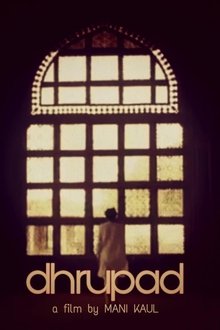
Dhrupad (1983)
A documentary story told through images, poetry and the Dhrupad, a vocal genre in Hindustani classical music, said to be the oldest still in use in that musical tradition.
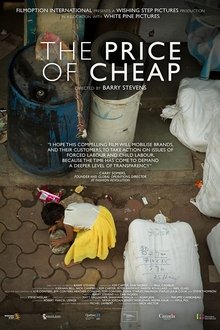
The Price of Cheap (2021)
The Price of Cheap tells the stories of modern slaves in textiles manufacturing supply chains and the brave individuals fighting on the ground against immeasurable odds to help them. We follow a man named Joseph Raj, who runs an organization called T.E.S.T. (Trust for Education and Social Transformation) in Tamil Nadu, India as he goes on raids to rescue underage children from unsafe and labour intensive factories. We hear from the survivors he has helped rescue, hear of their horrific experiences, and desire for education and change. Academics and social justice workers weigh in on why the issue of forced labour persists.

The World Before Her (2012)
Moving between two extremes - the intimate verite drama of the Miss India pageant's rigorous beauty "bootcamp" and the intense regime of a militant Hindu fundamentalist camp for young girls. The World Before Her delivers a provocative portrait of India and its current cultural conflicts during a key transitional era in the country's modern history.

Fragile Harvest (1986)
How safe is the future of the world’s food? This documentary explores a growing crisis in world agriculture. Plant breeding has created today’s crops, which are high yielding but vulnerable to disease and insects. To keep crops healthy, breeders tap all the genetic diversity of the world’s food plants. But that rich resource is quickly being wiped out. (NFB)

Your Heritage: The River Tyne (1962)
As the Cold War bristles with menace in the 60s, the youth at Kielder Workman’s Club celebrate free time with an American dance called the ‘Twist’. But it’s the Faustian pact with industry this brilliant travelogue focuses on first as it maps the path of the River Tyne. The sounds of heavy machinery and graft pitch us into Newcastle’s shipyards and collieries, whilst drugs spin off a machine called Bliss in Winthrop Laboratories’ production-slick war against pain.
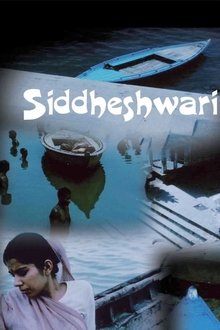
Siddheshwari (1990)
An impressionistic biographical look at Siddheshwari Devi (1908–1977), the classical Indian singer whose voice was appreciated by the maharajas and public alike.
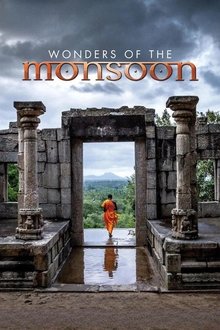
Wonders of the Monsoon (2014)
The wildlife and cultures of southern Asia have been shaped by one of the greatest phenomena on Earth: the mighty monsoon winds that sweep across this vast region, turning drought into deluge. All life – human and animal – is dominated by this rampaging weather system. From the northern shores of Australia to the highest peaks of the Himalayas and the wind-blown deserts of northern India to the lush equatorial forests of Borneo, this series makes an exhilarating journey through the lands of the monsoon. Along the way, it offers a taste of the variety and colour of the different regions’ most extraordinary wildlife and cultures and the way they cope with the tumultuous weather. This is the story of a relationship between humans and nature that has grown across thousands of years – all living in the shadow of the monsoon.


